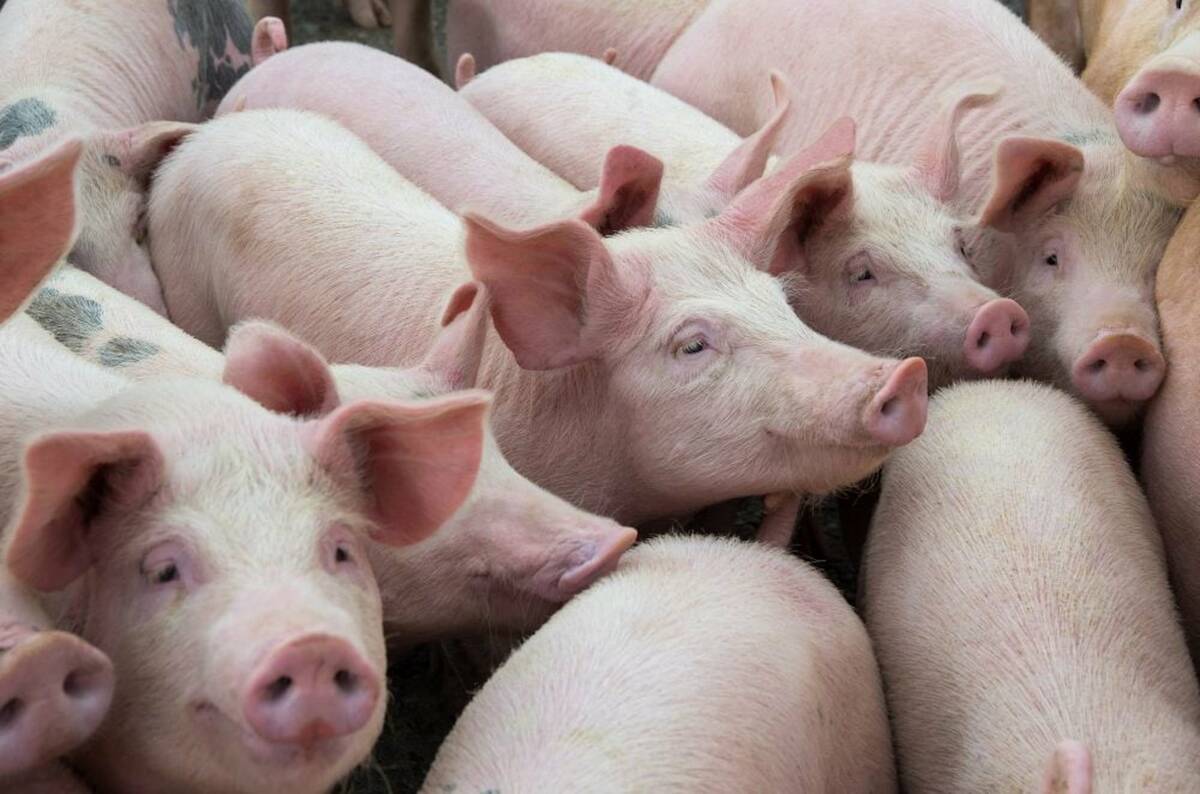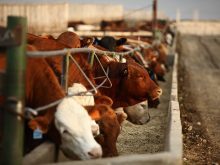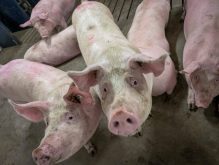The Canadian cattle herd fell to its lowest level in more than thirty years this January, Statistics Canada says.
“Record average producer prices… drought conditions, and tight feed supply continued to put downward pressure on the cattle sector, and producers responded by sending breeding stock to feedlots,” StatCan said.
On January 1, Canadian farmers held 11.1 million cattle and calves on farms, down 2.1 per cent from a year prior, StatCan said in livestock estimates released today. It’s the smallest cattle herd since January 1, 1989.
Read Also

U.S. livestock: Hogs rise ahead of ‘Hogs and Pigs’ report
Chicago cattle futures continued to inch upward on Monday. Hogs also rose in anticipation of Tuesday’s Hogs and Pigs report….
Cattle producers kept less breeding stock, with year-over-year decreases in all categories. Producers held 0.7 per cent fewer feeder heifers, 0.2 per cent fewer steers and three per cent fewer calves compared with January 1, 2023.
Disposition of cattle was up almost one per cent compared with July to December 2022, StatCan said. Imports of cattle declined nearly 26 per cent to 153,400 head, and international exports increased 14 per cent to just over 389,000 head.
Average warm carcass weights have increased 18 per cent since 1999, offsetting decline in beef production, StatCan added.
A new report from Rabobank agreed that, despite declining numbers, cattle weights are supporting Canadian beef production.
“As drought continues across major cattle-producing areas, heifer placements were constant throughout the second and third quarter [of 2023],” the multinational bank said in its February North American Agribusiness Review.
“Placement weights are averaging 11lb [5 kg] more than last year and fed cattle marketing’s are down 4%, resulting in carcass weights trending higher,” it said.
A new high of 990 pounds (449 kg) was set late this January, it added. This is 17 pounds (8 kg) higher than the last record, set in 2022.
The U.S. cattle herd also reached multi-decade lows at the beginning of the year. Earlier this month, the USDA reported the lowest total head since 1951 at 87.2 million–down two per cent from the previous year on drought and feeding costs.
The American herd, however, may be bottoming out, Rabobank said.
It suggested herd stabilization is possible as forage availability and drought conditions are projected to improve.
In October, nearly 48 per cent of American beef cattle were in areas of moderate or worse drought, the report said. However, winter precipitation has benefited the cow-calf sector.
The same weather has caused poor pen conditions for feedlot operators, bringing potential reduced performance and carcass weight in the first half of the year.
In December, the USDA’s weekly carcass weights reached a record high of 942 pounds (427 kg), Rabobank reported. The most recent data is 30 pounds (13.6 kg) lower, the most aggressive percentage decline on record.















